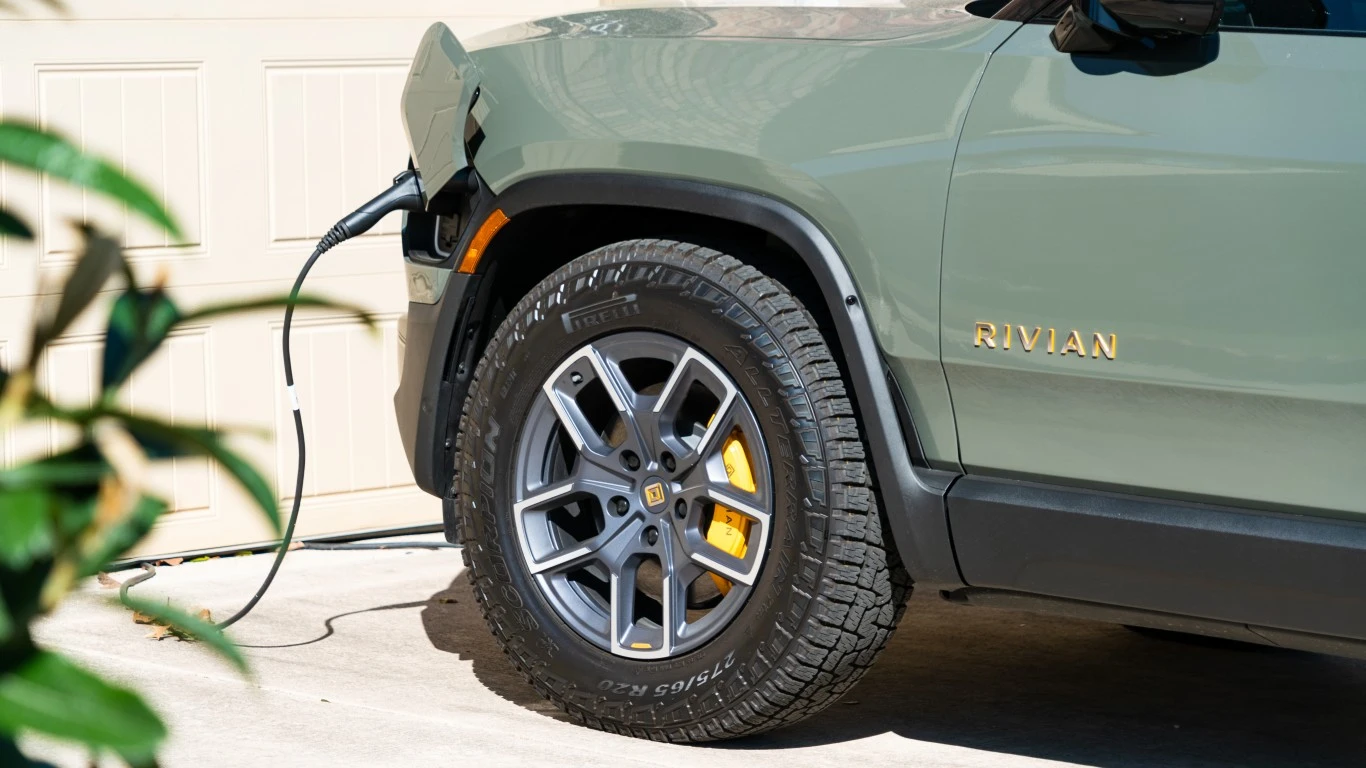
In today’s issue:
— The pathetic performance of EV and charging stocks this year is a bad sign for the transition
— BlackRock redemptions hit $1 trillion as red states pile on the anti-ESG pressure
— The Inflation Reduction Act has opened a new era in energy deal-making, with new buyers
— Gas taxes come in many forms, as New Zealand farmers are finding out
— New record in offshore wind turbine production in Germany
It’s been 11 months since electric vehicle maker Rivian $RIVN hit Wall Street with a splashy climate IPO, raising $12 billion on expectations it will help lead the transition of the U.S. automotive fleet to battery-powered engines. A brutal bear market, three manufacturing recalls and a 70% decline in shares later, those dreams lie in tatters, along with most of the EV and charging station space.
In a new world where the scramble is on for renewable energy providers, the makers of shiny new toys are being left in the dust. Rivian, which recalled almost all of its 13,000 vehicles this week to fix a loose bolt, has seen its shares decline from an IPO price of $78 to $31. But it’s not alone.
Nikola Corp. $NKLA , another previous EV darling, is also down 70% year-to-date. Fisker $FSR is down 56%. Lucid Motors $LCID is down 8%. Even Tesla $TSLA is down 36%. The charging station companies are no better. ChargePoint $CHPT is down 28%, Blink $BLNK is down 43%, and EVGO $EVGO is down 7.6%. Even big automakers pushing into EVs are struggling, with Ford $F and General Motors $GM both down 45%.
With a recession likely, it’s hard to see these stocks recovering on increased sales of EVs, particularly when they are priced as luxury purchases. Ford even raised the price of its F-150 Lightning Pro electric truck last week.
The bigger picture here is that far from leading the economic transition to renewable energy as so many investors had expected last year, the EV makers look set to follow the actual producers of solar, wind and battery power as the economic cycle shifts.
More insights below . . . .
Subscribe to Callaway Climate Insights to keep reading this post and get 7 days of free access to the full post archives.





